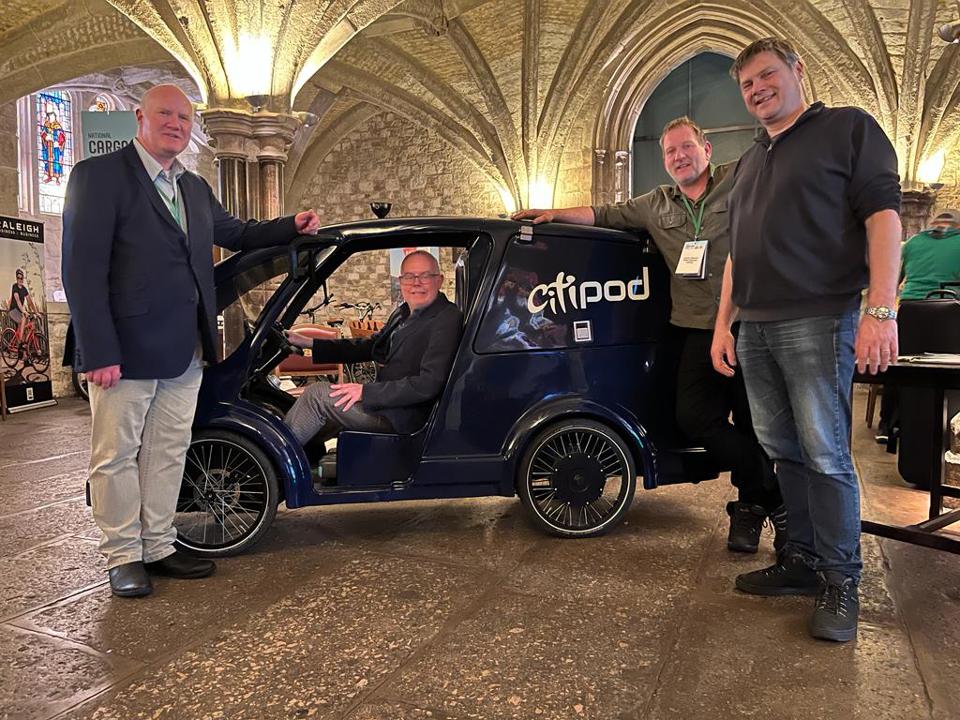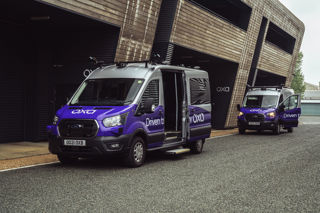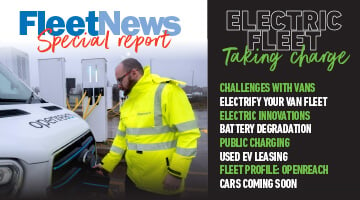The CitiPod feasibility study will receive industry and Government backing to demonstrate the viability of deploying low-speed autonomous vehicles in urban high traffic density areas in Cambridge, as well as pedestrian areas.
The study, led by Cambridge Electric Transport, was one of 14 projects to be awarded funding and support as part of the Connected and Automated Mobility (CAM) Pathfinder Feasibility Studies (FS) Competition, delivered by Innovate UK and Zenzic.
The competition was part of the £150 million CAM Pathfinder programme, announced in the Government’s Industrial Strategy and aligns with the recent Government announcement that it will fast-track pilots of self-driving vehicles for spring 2026, as well as its launch of a self-driving vehicle consultation.
The CitiPod study aims to incorporate lightweight and electric autonomous pods into Cambridge’s public transport system – with the goals of cutting carbon emissions and increasing the accessibility and affordability of transport.
Mark Cracknell, programme director at Zenzic, said: “The deployment of Connected and Automated Mobility solutions holds incredible promise – enhancing accessibility, reducing emissions, and fostering a transport network that is both reliable and inclusive. The CitiPod project will serve as a pivotal example in showcasing those benefits.”
The Greater Cambridge Partnership will be assisting the study with use case designs, ensuring that the project is in-line with local transport strategy, while also providing the benefit of its experience of deploying autonomous vehicles.
Dan Clarke, head of technology and innovation at Greater Cambridge Partnership, said: “This is an early-stage research project that explores how low-speed autonomous vehicles could reshape the way people and goods move around Cambridge.
“Beyond passenger transport, there is potential for lightweight, electric pods to support for example more sustainable freight movements and improve accessibility in our city. It’s about understanding how this technology could complement our existing transport network and help us build a cleaner, more inclusive future for everyone.”



















Login to comment
Comments
No comments have been made yet.